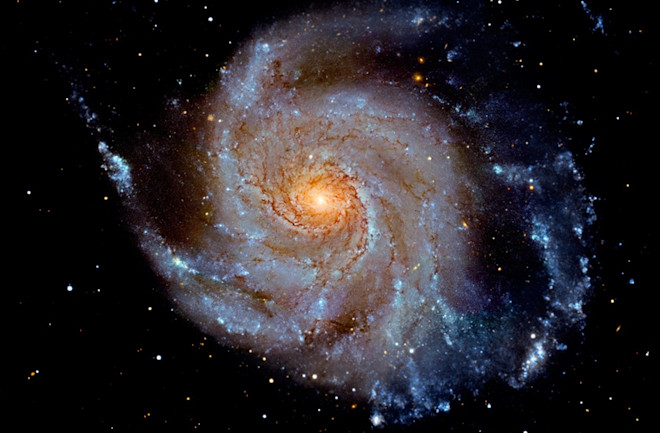[This article originally appeared in print as "Confronting the Dark."]
Astronomer Brian Schmidt vividly recalls his first inkling of the astonishing discovery that would win him a share of the 2011 Nobel Prize in Physics. It was a moment back in 1997 filled not with euphoria, but trepidation.

